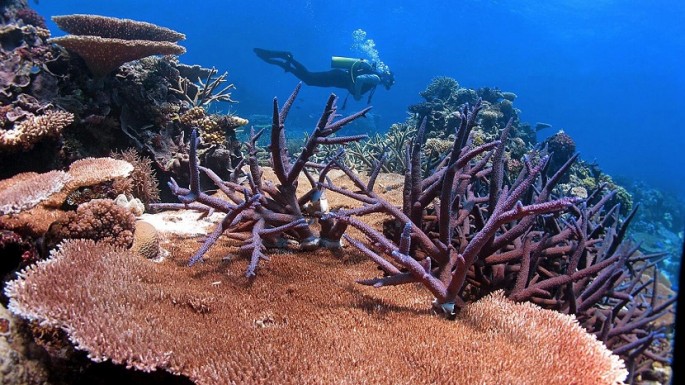Scientists have finally figured out a way to save corals from the potentially dangerous threats of global warming by interbreeding corals that live in tropical waters with their relatives that thrive in cooler regions in the ocean.
According to a study conducted by the University of Texas in Austin, corals that are tested dwelling in the warm waters of the Great Barrier Reef in Australia were able to survive extreme temperatures rather than the same species that thrive in cooler regions in the ocean some 300 miles south.
Researchers now believe that this can open more opportunities for breeding corals in order to pass heat tolerant genes in order to combat the effects of climate change which are mostly caused by man made greenhouse gases that trap heat in the atmosphere.
Scientists have also revealed that coral larvae from warmer, northern roots thriving up to two degrees Celsius, were apparently 10 times more likely to survive heat stress that those from the south.
The corals known as Acropora millepora that are indigenous to the Pacific and Indian oceans are significantly better at adjusting with rising temperatures than the cooler southern corals.
According to co-author of the study Mikhail Matz from the University of Texas at Austin, this is the most viable strategy in conserving coral reefs where transplanting adult corals can produce a new reef when they are cross-bred with natural corals.
A report from the United Nations last year also warned the effects of global warming to these corals especially those that dwell on warm waters and the Arctic regions where ice is melting fast are the most susceptible to the irreversible and destructive effects of global warming.
This new study can also raise new environmental concerns since the relocation of animals and plants to save them from climate change can also bring about disturbances in local biodiversities to their new homes.



























